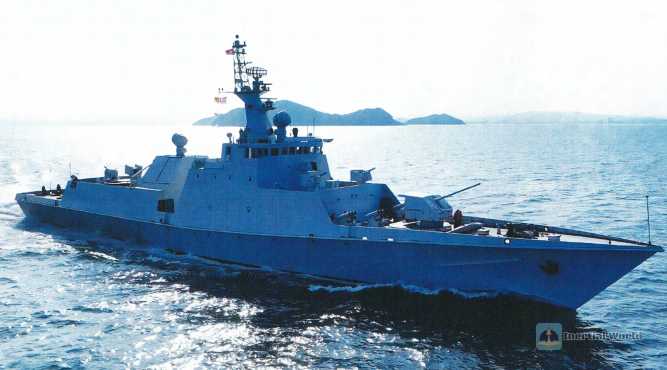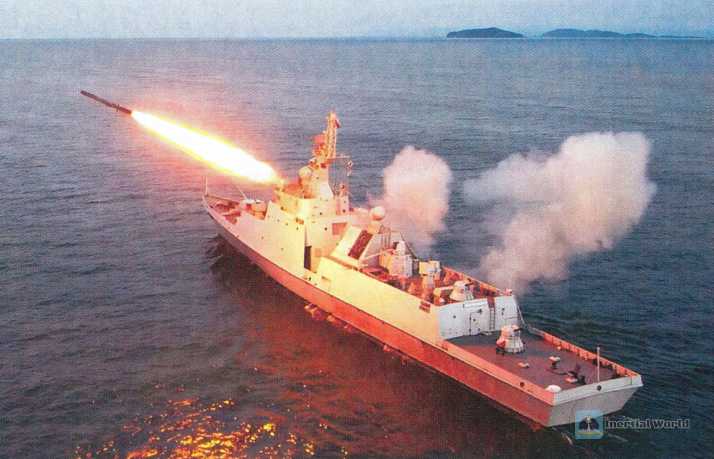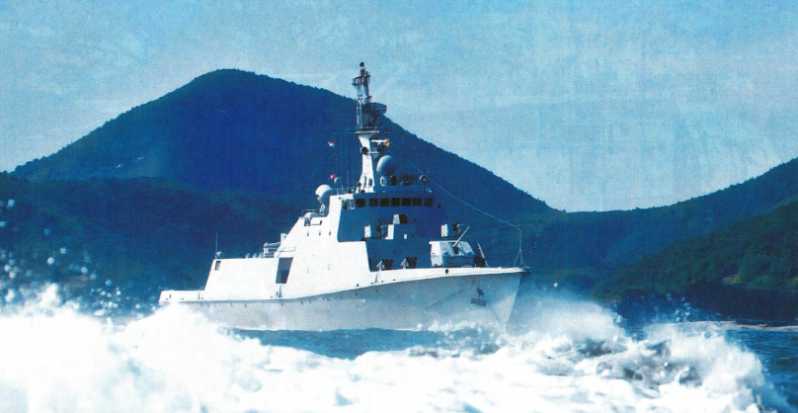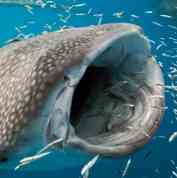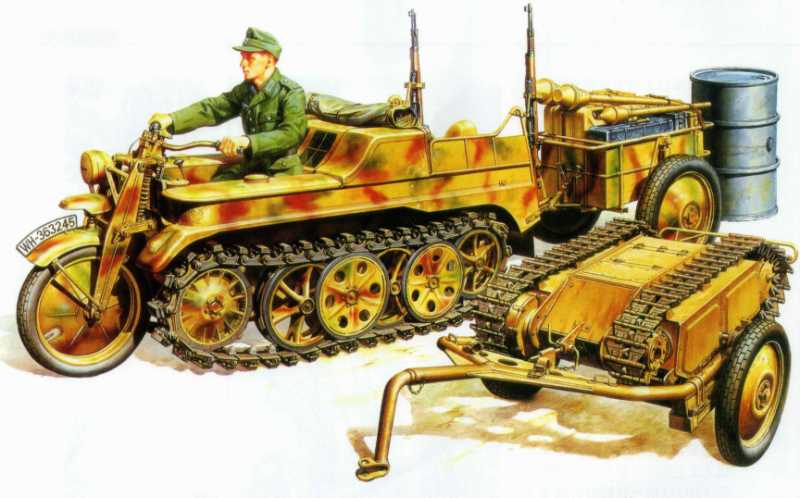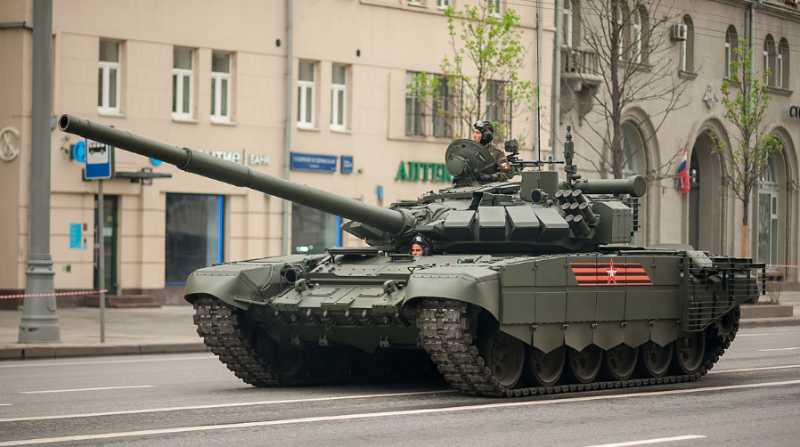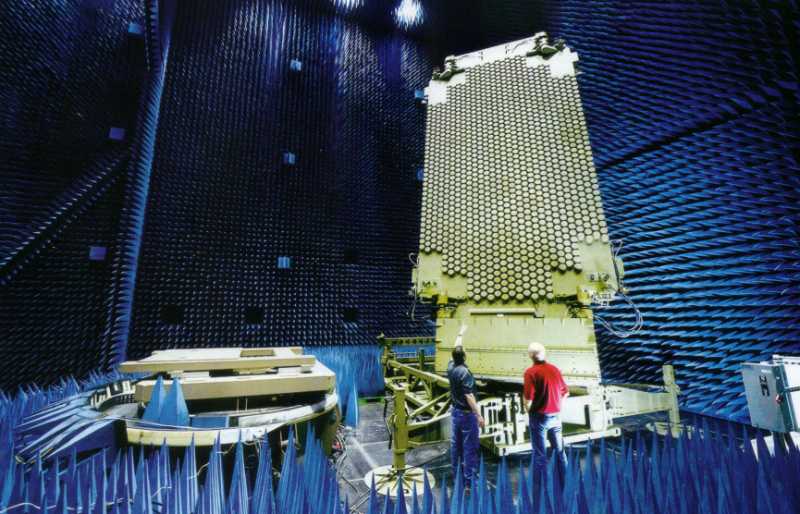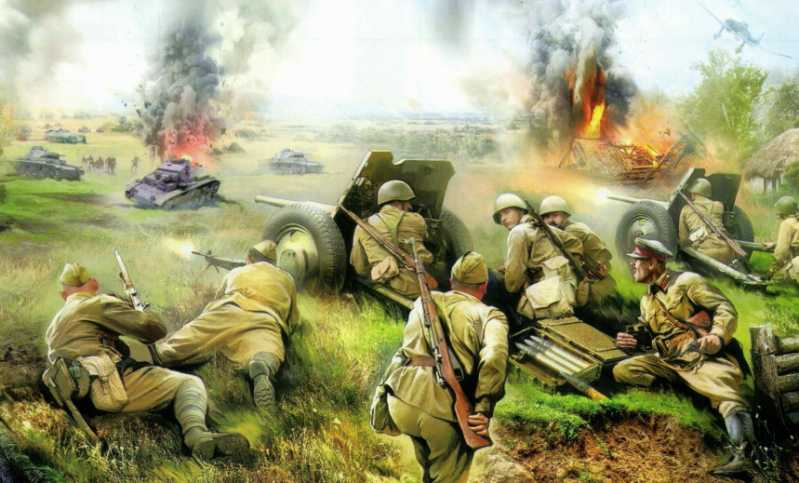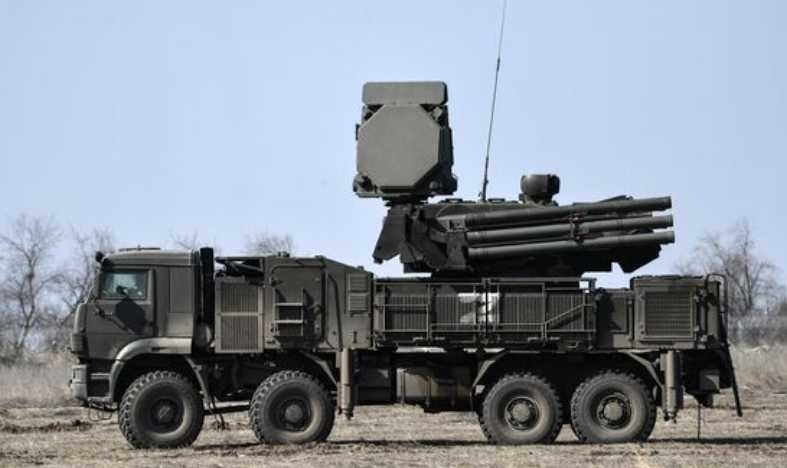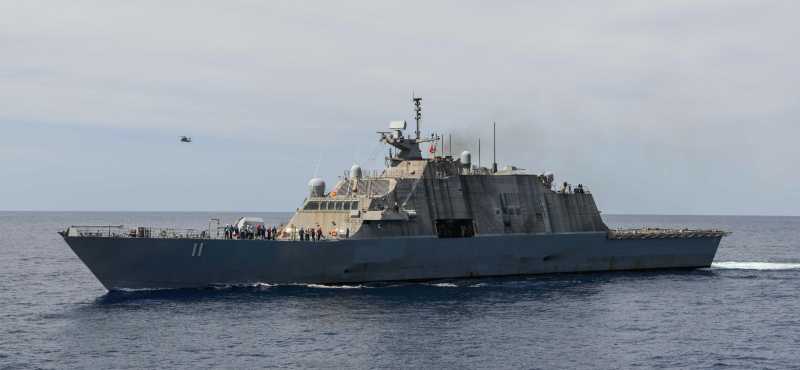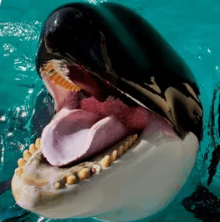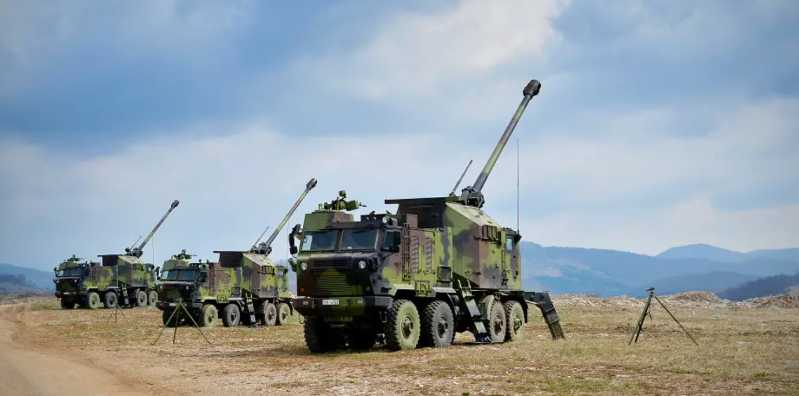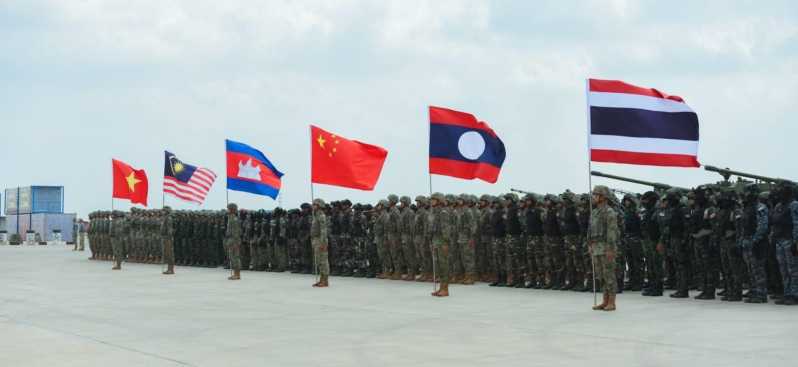Not long ago, North Korea suddenly publicly displayed its new class of light frigates with stealth performance. This is another surprise to the outside world after North Korea entered the new century and announced the stealth missile boat. What is more shocking is yet to come. North Korea then semi-publicized the real object of its large ship gas turbine, which also means that North Korea has plans to develop a new generation of phased array destroyers with larger tonnage.
North Korea’s needs
After entering the new century, the West, led by the United States, has adopted more crazy sanctions against North Korea, but North Korea has focused on developing a series of backbone weapons and equipment under such difficult circumstances. Through the public display of new weapons and equipment by North Korea in recent years, it can be clearly seen that the development of North Korea’s new generation of conventional main combat equipment has been completed and has entered the stage of mass equipment. In terms of naval surface ships, the North Korean Navy has already commissioned a new generation of stealth missile speedboats in the past few years, and this year it has demonstrated the style of a new generation of light stealth missile frigates. Of course, for North Korea, this is far from enough. Stealth missile speedboats and light stealth missile frigates only guarantee the defense security of the sea area within 500 kilometers from the coast of North Korea. If this distance is to be pushed forward to about 1,000 to 1,500 kilometers, large destroyers of more than 3,000 tons must be possessed.
At present, not to mention the US Navy, the South Korean Navy alone has three 10,000-ton "Sejong the Great" class phased array destroyers, and is currently stepping up the construction of a new generation of KDDX phased array destroyers, with a total construction of 6 ships. These phased array destroyers are equipped with the "Hyunmoo-3" land-attack cruise missiles developed and produced by South Korea, with a maximum range of about 1,000 kilometers. As for the "Tomahawk" cruise missiles on US destroyers, it goes without saying that the range is about 1,500 kilometers. These cruise missiles pose a huge threat to various important targets inland North Korea, such as military assembly areas, various production factories, ammunition storage areas, and traffic arteries. If the threat of these ship-borne cruise missiles is to be eliminated, North Korea needs to make multiple preparations, including developing anti-ship ballistic missiles with a range of thousands of kilometers, and a new generation of destroyers with larger displacement, longer self-sustaining power, and the ability to carry heavy anti-ship missiles with a range of hundreds of kilometers. After all, compared with anti-ship ballistic missiles, large destroyers are offensive weapons equipped with a variety of weapons and many electronic systems, like a mobile weapon fortress, which can maneuver hundreds of kilometers a day and night, easily push the defense line outward by thousands of kilometers, and crack the huge threat of South Korean and American ship-borne cruise missiles to North Korea in a snap. What’s more, the large number of electronic detection equipment carried by destroyers can detect various aircraft and missiles, and can provide various real-time information for local defense forces. Especially after being equipped with gas turbines, the reaction speed, maintenance and quietness of the ship will be greatly improved, which is not comparable to the diesel engines equipped on the original North Korean Navy surface ships. This is very important in subsequent anti-submarine operations.
In view of the above many advantages, it is natural for North Korea to develop large destroyers. Of course, because North Korea’s technology is weak, it also has a three-step strategy. North Korea first developed a new generation of stealth missile speedboats, then the 1,500-ton "Nampo" class stealth missile frigate, and finally the new generation of destroyers above 4,000 tons. This strategy of small steps and fast running has achieved considerable success in other weapons developed by North Korea after the new century.
Overall performance
Because North Korea is a small country, it needs mature and reliable equipment that can generate combat effectiveness as soon as possible, and ships are no exception. In particular, North Korea is subject to severe economic sanctions and has limited funds. In terms of tactical use, the North Korean army has always advocated offensive operations. This can be seen in the configuration of the new "Nampo" class frigate. A frigate with a displacement of about 1,500 tons can be equipped with up to 8 cruise missiles with a range of 1,500 kilometers. Its firepower is almost the same as the Russian Navy’s new 22160 light frigate.

Therefore, if North Korea needs to use the least funds and the least time to build a larger surface warship, then enlarging the "Nampo" class is a very good choice, especially if North Korea plans to use this class of large warships as a mobile cruise missile launch base, it is quite ideal. Due to technical difficulties and other restrictions, its full load displacement will not exceed 5,000 tons, which is equivalent to the Russian-made 22350 heavy frigate. Now, we can roughly estimate the general situation of this class of warships based on the existing information.
Weapon system: Due to the overall positioning and tactical requirements, the configuration of North Korea’s new stealth destroyer will almost certainly highlight the powerful attack capability, which is mainly reflected in the land attack and anti-ship attack capabilities, and has certain air defense and anti-submarine capabilities. Due to the limitation of national strength, as well as cost, especially the consideration of rapid formation of combat effectiveness and logistical support, the current equipment on the "Nampo" class will still be installed on the ship.
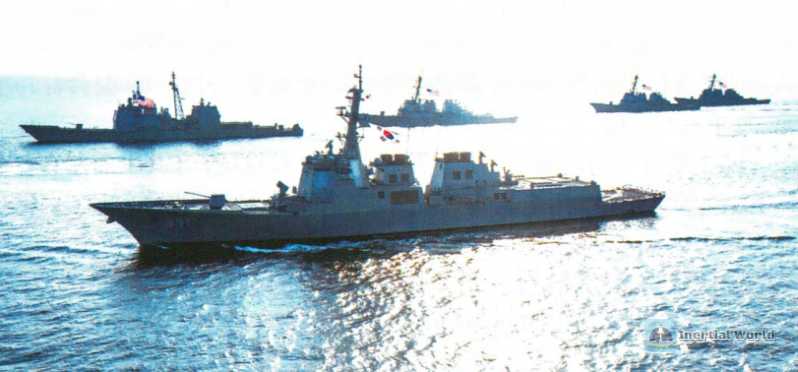
The bow gun is still a 100mm gun on the "Nampo" class, and it is also an open-ended structure at the rear. This 100mm 56-caliber B-34 gun is a copy of the same model of the former Soviet Union. It is really a purely manually operated gun, and the shells must be loaded manually. Such guns have disappeared in the navies of various countries in the world for many years. The advantage of this gun is good ballistic performance. Because of its large caliber, it has considerable range and power. The disadvantages are self-evident. The degree of automation is extremely low. In fierce battles, sailors must manually operate the gun on the deck, which is very inefficient in actual combat and has great collateral damage. However, the gun is still quite good in bombarding targets on the opposite shore. It can be seen that North Korea’s military expenditure is used to ensure key projects, such as cruise missiles and anti-ship missiles. The development of weapons such as naval guns has been seriously delayed.
Behind the main gun is the vertical launch area for air defense missiles. As early as 2015, North Korea solved the localization of the North Korean version of the S-300, which is the "Lightning-5" model. In recent years, it has gone a step further and completed the development of the North Korean version of the S-400 model, which was put into service in batches under the name of "Lightning-6". With North Korea’s overall technical level, the maximum firing height of the missile is estimated to reach 30,000 meters, and the maximum range is about 150 kilometers. However, this level has reached the initial level of Russia’s S-400, which is quite difficult given North Korea’s size. It is estimated that the ship-borne "Lightning-6" type will have 36 units, each unit has a "Lightning-6" missile.
Behind the air defense vertical launch area is a stepped superstructure, on which a 6-barrel close-in defense gun is arranged on the left and right. The gun is a copy of the former Soviet Union’s AK230 close-in defense gun + part of the AK630 close-in defense gun technology from North Korea, with a caliber of 30 mm and a firing rate of 2000 rounds per minute. It is a closed fully automatic naval gun controlled by radar fire control. As a 4-chamber revolver gun with a liquid-cooled barrel, the gun uses 30x210 mm shells with an initial velocity of 1060 m/s, which is greater than the 30x165 mm shells of the AK-630. Although the close-in defense gun is mainly used to attack anti-ship missiles such as "Flying Fish" and "Harpoon", it can also be used to attack various surface ships, various types of fighter planes approaching, and even minesweepers and other targets.
In the sealed cabin in the middle of the ship, there is the most important weapon of the ship, the "Arrow-2" cruise missile. The "Arrow-2" cruise missile is a long-range precision strike weapon independently developed by North Korea, with a range of about 1,500 to 1,800 kilometers, and can carry conventional or nuclear warheads. The missile uses a turbojet engine and an inertial navigation system, can fly at low altitudes, and adjust according to the preset orbit and target. The missile is considered one of the important means for North Korea to implement nuclear deterrence and countermeasures against the United States and its allies. It is known that there are 8 missiles on the "Nampo" class, and the new class destroyer with a displacement three times that of the "Nampo" class can carry 16 missiles, and if necessary, it can be loaded with 24 missiles. This also makes the ship a strategic weapon that can fire at targets more than 1,000 kilometers away.

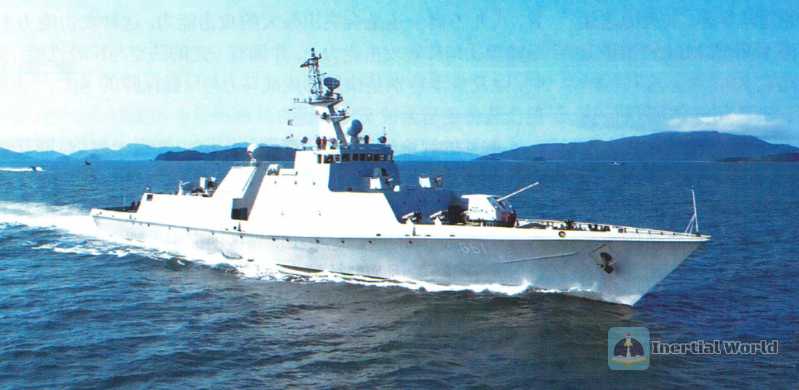
Unlike air defense missiles, cruise missiles do not need to be launched vertically, as long as the hull is slightly adjusted. Therefore, North Korean designers arranged it in a tilted style with four launchers. The whole ship is planned to be equipped with four launchers, which can be changed to six launchers at any time if necessary.
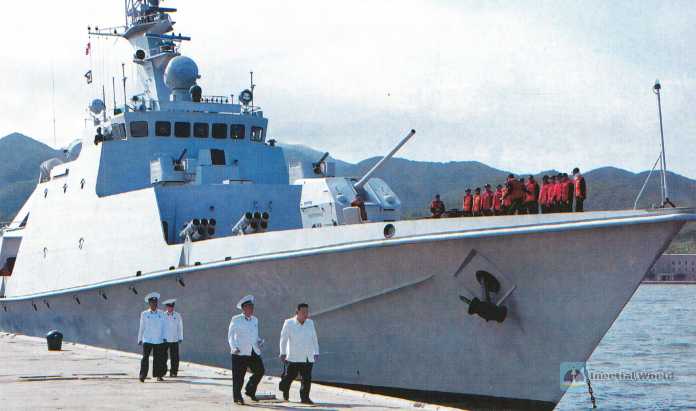
In addition to cruise missiles, there are two 6-barrel close-in defense guns at the rear of the hull. This, together with the two six-barrel close-in defense guns in front of the bridge, provides a 360-degree comprehensive close-in defense measure for the entire ship, effectively improving the anti-missile capability of the entire ship. In order to improve the air defense capability, a set of six-barrel air defense missile launchers is arranged at the rear of the ship. This equipment has appeared on the new stealth missile boat of North Korea disclosed in 2015, and also on the latest "Nampo" class frigate, and has begun to be exported. This air defense missile launcher has adopted an automated control system. It was improved by North Korean designers from the single-shot SA-18 portable air defense missile launcher, but because the missile performance is relatively good, the missile can automatically and accurately turn to the target after launch. The target can not only escape from the tail, but also attack the target head-on. The maximum range of the missile can reach 5,200 meters, and the minimum firing height is reduced to about 10 meters, so it is still quite good as a point defense means.
In terms of anti-submarine weapons, the new class of destroyers inherits the multi-barrel anti-submarine rocket depth bomb launcher of the "Nampo class" frigate, and two are arranged at the bow. The device is a North Korean version of the Russian RBU-1200 multi-tube anti-submarine rocket launcher. The maximum effective range of the anti-submarine rocket depth bomb launcher is 400 to 1500 meters, and the dispersion ellipse is 70x120 meters. The anti-submarine combat depth is 10 to 300 meters, and the destructive radius is 5 meters. Although the navies of various countries in the world now basically use anti-submarine torpedoes as the main anti-submarine combat method, anti-submarine rockets continue to exist in large numbers in the navies of former socialist countries and third world countries because of their low price, simple technical difficulty, convenient maintenance and wide range of uses.

As for the 533mm torpedo tube in the hull of the stern, it can carry North Korea’s domestically produced PT-97W and CHT-02D torpedoes, both of which are imitations of Russia’s 533mm PTA-53 series torpedoes. According to public information from South Korea, the North Korean version of the PTA-53, which North Korea calls the CHT-02D torpedo, is 7.35 meters long, 533 mm in diameter, weighs about 1.7 tons, and has a warhead weight of 250 kg. It uses advanced electric propulsion, a maximum speed of 40 knots, and a range of about 10-15 kilometers. The torpedo guidance system uses a passive seeker that tracks sound waves and tracks. After being equipped with torpedoes, the North Korean Navy’s anti-submarine level has been raised to the level of the early 1990s, which is more than 30 years advanced. It should be noted that North Korea’s original torpedoes were basically at the level of the 1960s.
Electronic system: From the current situation, the new destroyer will copy a large number of shipborne electronic systems on the "Nampo" class, but it should be noted that there are reports that the new destroyer will be equipped with advanced active phased array radars. Considering that North Korea has already solved the problem of active phased array radar system equipped in its air defense missile system, it is not difficult to equip its new class of destroyers with shipborne phased array radar at a low cost as long as improvements are made on this basis.
